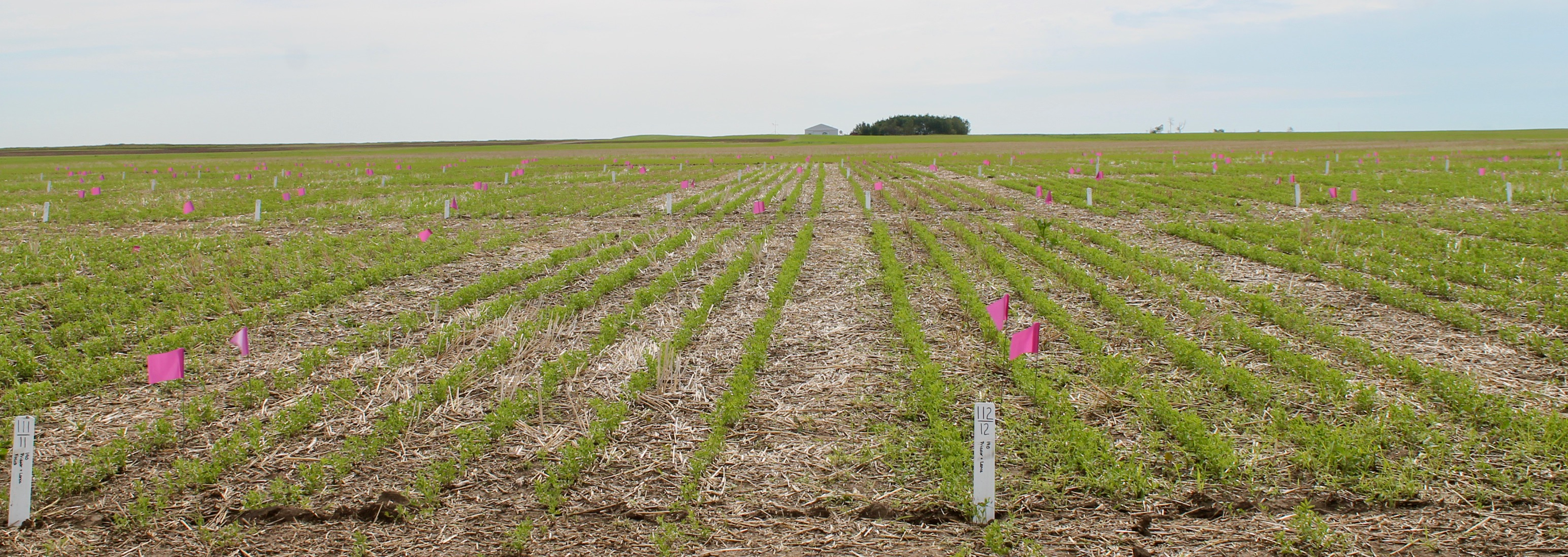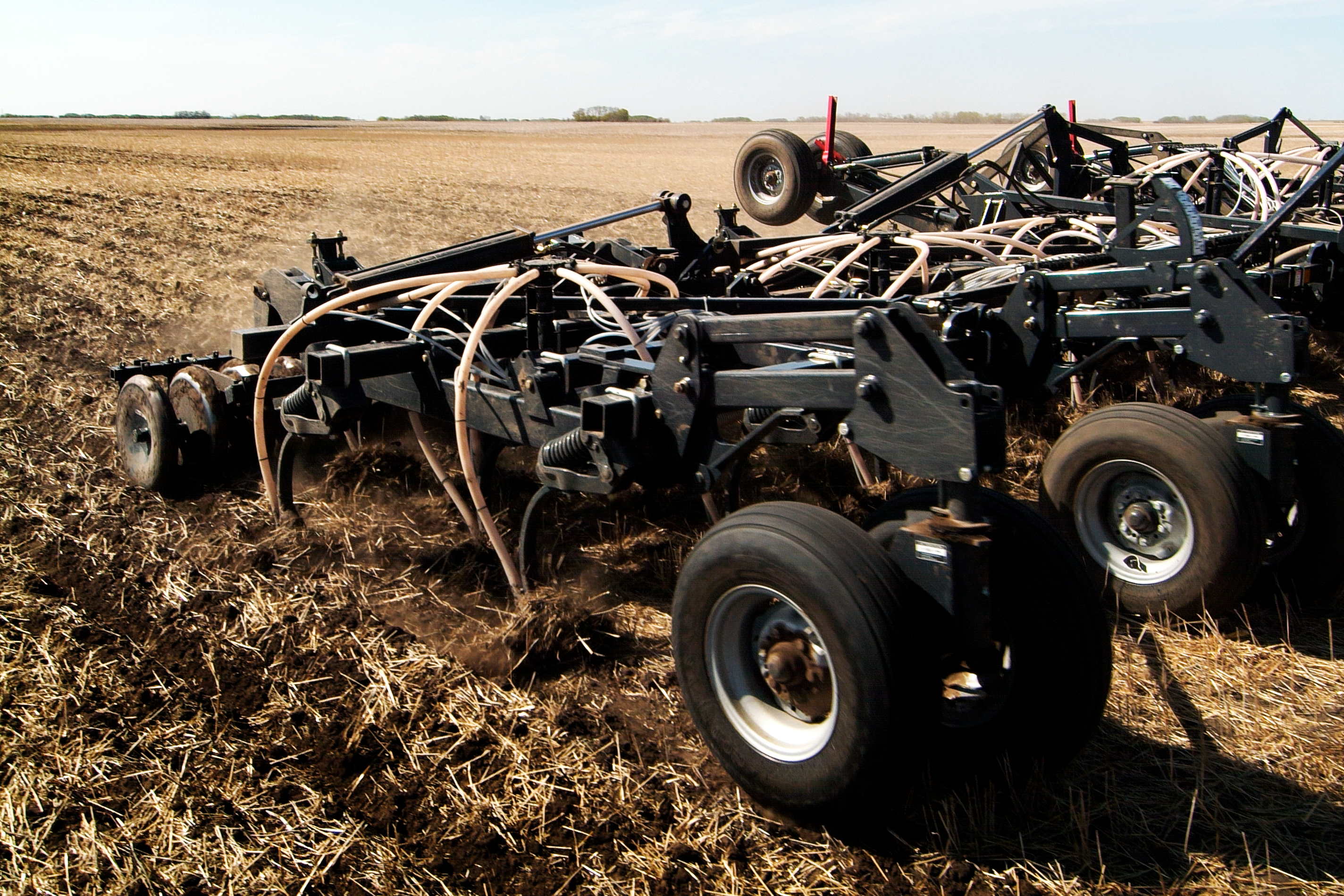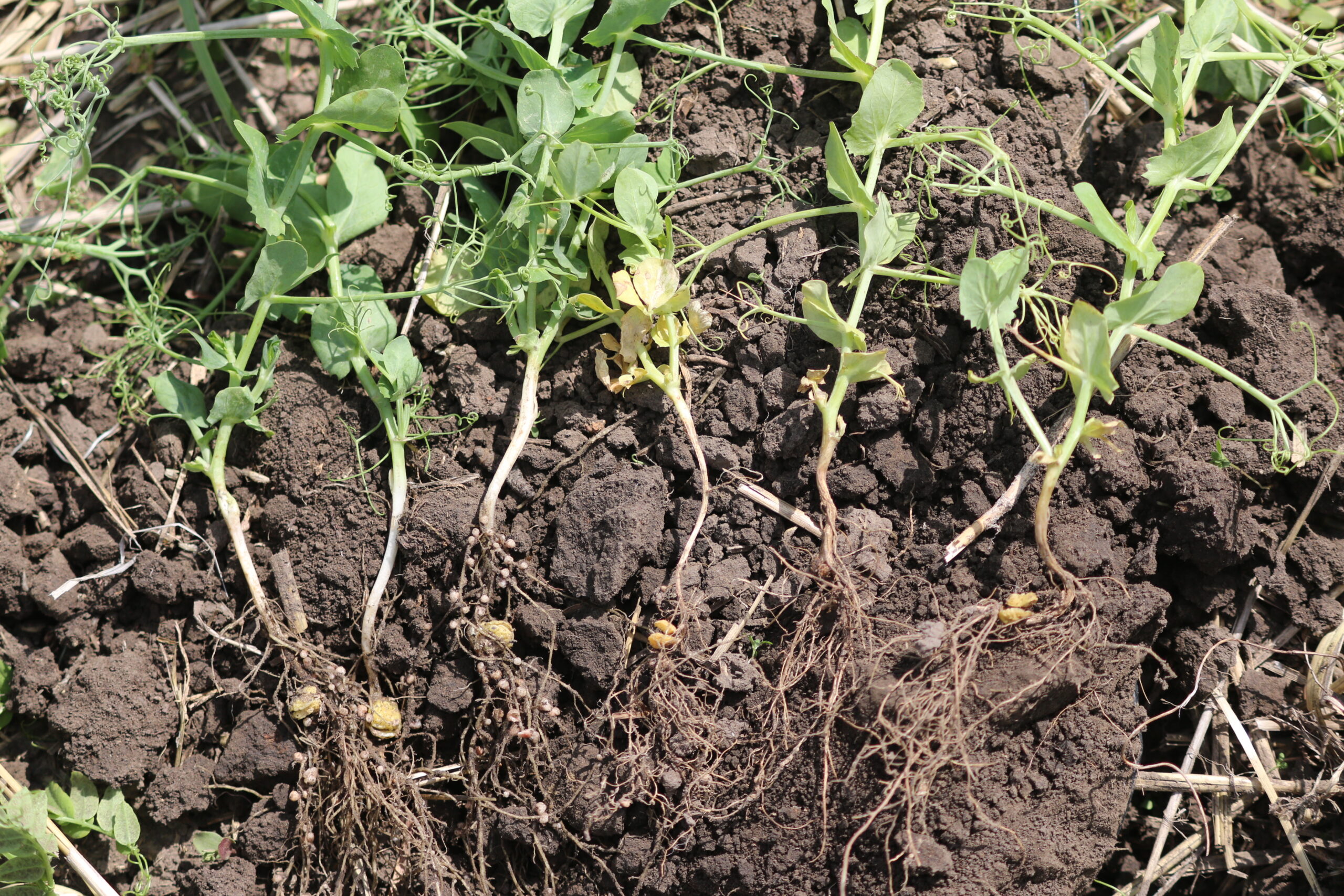Lentil Input Study: An Agronomic and Economic Analysis of Seeding Rate, Herbicide Strategy, and Fungicide Use
Saskatchewan produces approximately 94% of the lentils grown in Western Canada. Due to the poor competitive nature of this crop as well as the increasing presence of herbicide-resistant weeds, one of the major limiting factors for lentil production is effective weed control. Herbicide layering (using two to three herbicides in sequence) and increased seeding rates are both strategies that can be used to improve weed control in lentils. The current recommended seeding rate of 130 plants per square metre (m²) for red lentils may not be adequate enough to provide effective crop-weed competition, yet too high of a seeding rate produces a thicker crop canopy that could increase disease pressure and result in more fungicide use. A study was conducted to evaluate different combinations of common agronomic practices on red lentil yield and to determine which of these agronomic practices would provide the best economic return to producers.
Key Findings
- Using a pre-seed residual herbicide reduced early season annual weed populations by 66% compared to the traditional pre-seed burn-off strategy of glyphosate alone.
- The least effective weed control strategy was using the current seeding rate recommendation of 130 seeds/m² with glyphosate only. The most effective weed management strategy utilized a seeding rate of 190 seeds/m² combined with a residual herbicide – this combination reduced weed biomass by 76%.
- Disease severity increased with seeding rate (260 seeds/m² > 190 seeds/m² > 130 seeds/m²). At 190 seeds/m², disease levels were similar to the unsprayed lentils at the current seeding rate recommendation of 130 seeds/m². A single fungicide application is required when the seeding rate targets 190 seeds/m². Dual fungicide applications may be required under conditions that promote higher disease pressure.
- A seeding rate of 190 seeds/m² resulted in the highest yield compared to seeding rates of 130 and 260 seeds/m².
- A seeding rate of 190 seeds/m² also resulted in higher net returns than 130 and 260 seeds/m², regardless of management strategy. The highest net returns occurred with a seeding rate of 190 seeds/ m², no fungicide, and a residual herbicide application.
- Of the different seeding rates, the 190 seeds/m² rate averaged the highest net return ($891/ha, or $361/ac). The treatment with the highest net return was 190 seeds/m², residual herbicide, and no fungicide ($954/ha, or $386/ac).
- The cost of a fungicide typically reduced net returns compared to the unsprayed treatments. However, fungicides should be viewed as a form of insurance rather than as an input cost, as disease management is essential for maximum lentil production. Additionally, the experiments in the 15-site years of this study were generally conducted under drought conditions with limited disease pressure and therefore may not show the economic benefits that might be associated with fungicide applications under a wider range of conditions.
Disease Risk Decisions
Disease development in lentils is impacted by many factors, particularly previous crop history, moisture conditions, soil texture, and varietal genetic resistance. If one or more of these factors are high risk (frequent cropping, high moisture, heavy clay soil, poor varietal disease resistance), then there will likely be a seeding rate by fungicide interaction, meaning that the seeding rate used will influence fungicide performance.
Therefore, based on this study:
- High risk zones with a seeding rate >130 seeds/m² should use a minimum of one fungicide application
- Moderate to low risk zones may use a higher seeding rate (190 seeds/m²) plus a single fungicide application with a fairly low risk of excessive disease pressure
- Seeding at 260 seeds/m² is considered risky, even under ideal conditions with dual fungicide applications
Seeding Rates & Critical Period of Weed Control
In this study, seeding rates played a significant role in yield and can be contributed to early season weed management during the critical period of weed control (CPWC). The CPWC is the period of crop growth when weeds must be controlled in order to prevent yield loss. For lentils, the CPWC is from the 5-node to the 10-node (approximately canopy closure) stage (Fedoruk et al. 2011). Previous research found that the removal of weeds at the 5-node stage caused a 4% yield loss in lentils but later removal of the weeds at the 7-node stage resulted in a 16% yield loss (Fedoruk et al. 2011). The most effective weed management strategy in the current study was using a higher seeding rate (>130 seeds/m²) with a residual herbicide in order to better reduce weed competition during the CPWC of lentils. While the benefit of the residual herbicide will be more evident in weedier conditions, the benefit of increased seeding rates will be realized under low or high weed pressure.
Acknowledgements
This project was jointly funded through Saskatchewan Pulse Growers, Western Grains Research Foundation, and the Canada-Saskatchewan ADF program (administered by Saskatchewan Ministry of Agriculture). Special thanks to Indian Head Agriculture Research Foundation, Irrigation Crop Diversification Corporation, Western Applied Research Corporation, Wheatland Conservation Area, East Central Research Foundation, and the University of Saskatchewan for conducting trials for this project at their sites. Various crop protection products were provided in-kind.

Lentil input study
Jessica Weber Western Applied Research Corporation


